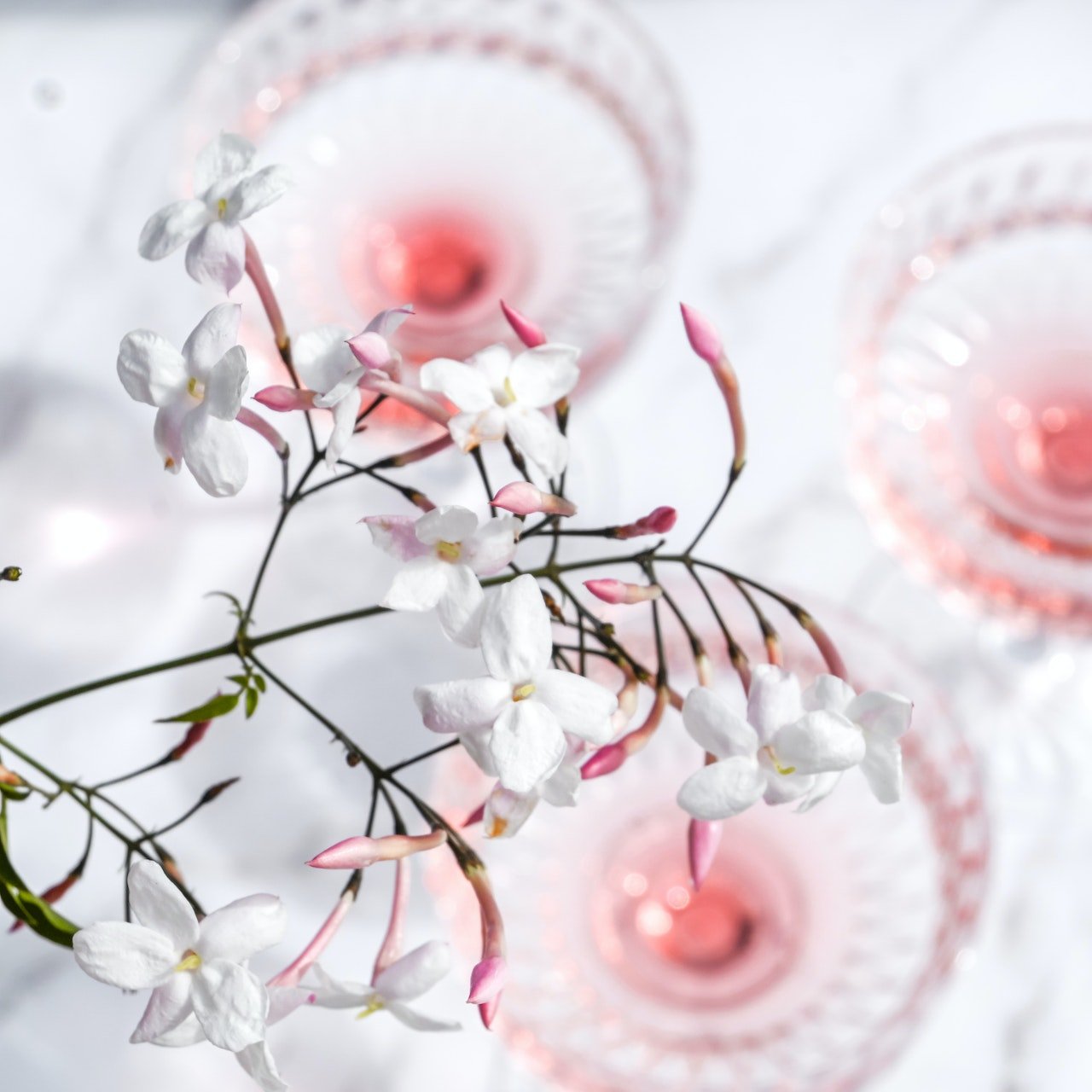White Jasmine, scientifically known as Jasminum officinale, is a true gem in the world of gardening. Its delicate, snow-white blossoms and intoxicating fragrance have captivated garden enthusiasts for generations. Whether you’re a seasoned gardener or just starting out, cultivating White Jasmine can be a rewarding experience.
How to Successfully Plant and Care for White Jasmine
Planting White Jasmine is the first step towards creating a garden paradise. Begin by selecting a suitable location with well-draining soil and partial sunlight. Prepare the soil by adding organic compost to ensure proper drainage and nutrition for your Jasmine.
When planting, make sure to dig a hole slightly larger than the root ball of your Jasmine plant. Gently place it in the hole and cover with soil. Water thoroughly and mulch to retain moisture and prevent weeds.
Creating the Perfect Environment for White Jasmine
White Jasmine thrives in a specific environment. Regular watering is essential, especially during the dry months. Mulching not only helps with moisture retention but also keeps the soil cool, which is crucial for White Jasmine’s health.
Fertilize your White Jasmine with a balanced, slow-release fertilizer in the spring to promote lush growth and abundant blooms. Prune your Jasmine after flowering to maintain its shape and encourage new growth.
Exploring Different Types of White Jasmine for Your Garden
White Jasmine comes in several delightful varieties, each with its unique characteristics. Some popular types include the Arabian Jasmine (Jasminum sambac) and the Carolina Jasmine (Gelsemium sempervirens). Arabian Jasmine, also known as “Mogra” in some regions, offers smaller, highly fragrant flowers, while Carolina Jasmine boasts bright yellow blossoms.
Choosing the right type for your garden can add depth and diversity to your landscape, creating a visual tapestry of white and green.
Incorporating White Jasmine for Stunning Garden Aesthetics
The visual appeal of White Jasmine is unmatched. Its glossy green leaves provide a striking backdrop for the pure white flowers. Plant White Jasmine along trellises, fences, or pergolas to create a stunning vertical garden.
For a more informal look, let it cascade over a wall or fence. Pair it with other flowering plants to create a colorful and aromatic garden oasis that will be a joy to behold.
The Enchanting Scent of White Jasmine: A Garden Delight
One of White Jasmine’s most enchanting features is its captivating scent. The fragrance, reminiscent of warm summer evenings, fills the air with a sweet, heady aroma that lingers long after the sun has set. The presence of White Jasmine in your garden can turn a simple outdoor space into a sanctuary of serenity and relaxation.
Tips for Pruning, Watering, and Fertilizing Your Jasmine
Pruning White Jasmine: Pruning is essential for maintaining the health and shape of your white jasmine plant. Perform light pruning after the flowering season to remove dead or overgrown branches. This encourages new growth and better air circulation.
Watering White Jasmine: Proper watering is crucial. White jasmine prefers well-draining soil. Water deeply and regularly during the growing season, ensuring the soil remains consistently moist but not waterlogged. Reduce watering in the winter months when the plant is dormant.
Fertilizing Your Jasmine: White jasmine benefits from regular feeding. Use a balanced, slow-release fertilizer during the growing season to promote lush foliage and abundant blooms. Apply fertilizer in early spring and again in late summer, following package instructions.
Keeping Your White Jasmine Healthy and Pest-Free
White jasmine, like many garden plants, can be vulnerable to pests and diseases. Keep an eye out for aphids, scale insects, and mealybugs. Regularly inspect the leaves and stems for any signs of infestation. Use natural remedies like neem oil or insecticidal soap to control these pests.
Prevent fungal diseases by avoiding overwatering and ensuring good air circulation around the plant. Pruning to open up the canopy can also help reduce humidity and prevent mildew.
White Jasmine’s Versatility in Various Garden Themes
One of the remarkable features of white jasmine is its adaptability to various garden styles and themes. Whether you have a formal garden, a cottage garden, or a tropical oasis, white jasmine can find its place. Here are a few ideas:
- Cottage Garden: White jasmine’s classic charm fits perfectly in a cottage garden. Plant it near a trellis or arbor to create a dreamy, old-world atmosphere.
- Tropical Paradise: In a tropical garden, white jasmine adds a touch of elegance with its lush greenery and sweet fragrance. Pair it with vibrant tropical flowers for a stunning contrast.
- Modern Minimalism: White jasmine’s simplicity and clean lines make it a great choice for modern, minimalist landscapes. Plant it in large containers or along sleek, clean-edged pathways.
A Guide for Novice Gardeners to Start with White Jasmine
If you’re new to gardening or new to growing jasmine, don’t be intimidated. This plant is relatively easy to cultivate. Start with a healthy nursery plant, and follow these basic steps:
- Choose a sunny location with well-draining soil.
- Plant your jasmine near a trellis or support structure for it to climb.
- Water consistently and fertilize as needed during the growing season.
- Prune lightly after flowering to maintain shape and encourage new growth.
Understanding How White Jasmine Elevates Garden Aesthetics
The aesthetic appeal of jasmine cannot be overstated. Its delicate, star-shaped blooms and glossy green foliage create an atmosphere of beauty and tranquility in any garden. The intoxicating fragrance further enhances the sensory experience, making it a favorite for moonlit evening strolls and outdoor gatherings.
Conclusion
White jasmine is a garden gem that offers both novice and experienced gardeners the opportunity to cultivate a plant of exceptional beauty and fragrance. By following the tips for pruning, watering, and fertilizing, you can keep your white jasmine thriving and pest-free. Its versatility allows it to fit seamlessly into various garden themes, while its aesthetic charm elevates the overall appeal of your outdoor space. So, embrace the elegance of jasmine in your garden and enjoy the timeless allure it brings to your green oasis.

